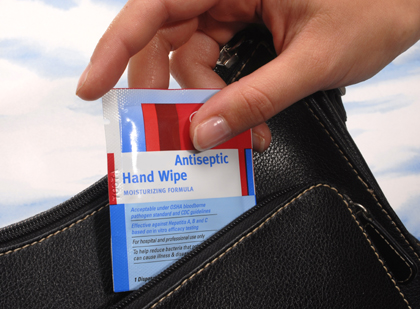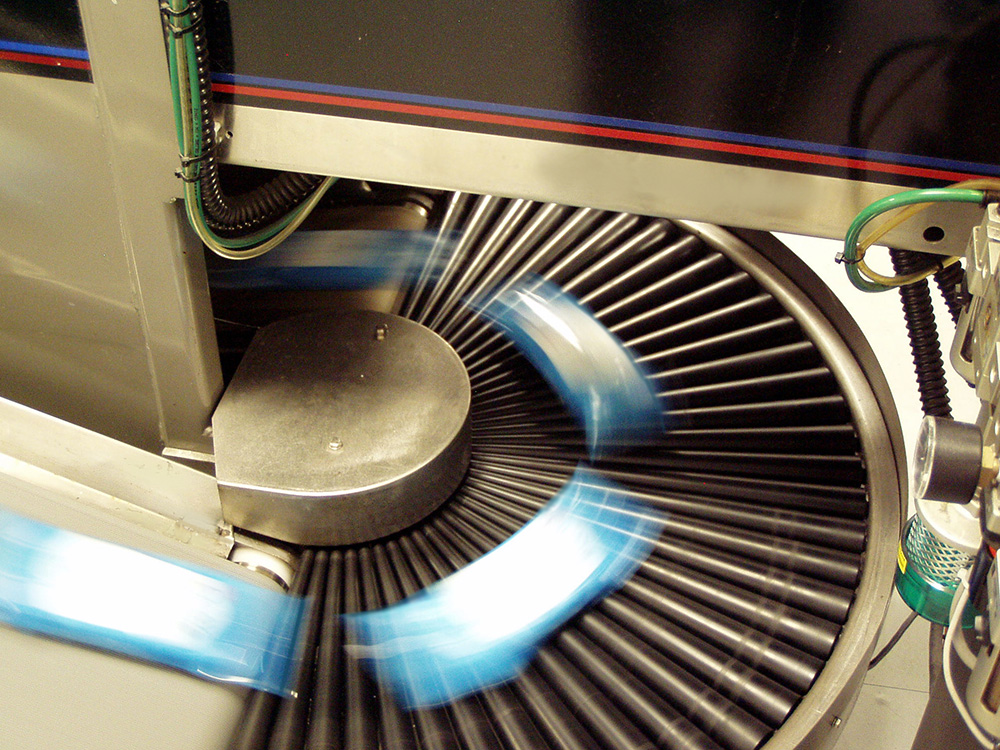Flexible Packaging, a Converting Dynamo
- Published: May 24, 2019, By Josh Scanlan
By Susan Stansbury, Converting Advocate
F lexible packaging makes the most of converters' capabilities, from printing, to form/fill/seal pouch production and many aspects that are growth indicators of the industry. According to the Flexible Packaging Association, growth was 3.1 percent for 2018 over 2017, or $1 billion of added demand.
lexible packaging makes the most of converters' capabilities, from printing, to form/fill/seal pouch production and many aspects that are growth indicators of the industry. According to the Flexible Packaging Association, growth was 3.1 percent for 2018 over 2017, or $1 billion of added demand.
Value-added segments of flexible packaging amount to about $25 billion, according the Association's State of the Industry. Value-added processes are converters' "sweet spots." These are the packaging elements where brand marketers create trends, from use of specialty substrates to flexo-printed multi-color decorative designs.
The largest end-use market for flexible packages is food, followed by home-care and pet food. Specialty markets include personal care, cosmetic, medical and industrial. The ability of designers, working with converters, to roll out new convenient flexible packages gives the industry a fashion-forward image. For example, new manufacturing capacity for laminate tubes with small diameters offers more options for take-along and specialty products.
Indeed, recyclable multi-layer substrates for flexible packages really seem to be the big new thing for converters and materials suppliers. Recycling multi-layered flexible packages has been a problematic issue looking for solutions. Among the details of these breakthroughs, however, is the need to return the packages to the retailers who sell them. Getting consumers to return them to the retailer for recycling will be a challenge.
Sustainable, end-of-life issues in packaging will continue to be in the spotlight for value-added converted products. Announcements continue: one of these is a sustainable sealing foil made of aluminum. In another case, at the CosmeticBusiness show 2019, organizers say sustainability is "omni-present," as reported by Beauty Packaging.
 Market drivers include elements that appeal to consumers where flexible packages offer superior attributes. Clear films, high barrier substrates and many other high-value substrates are key foundations of the industry. Characteristics such as a consumer-friendly tactile film by Filmquest are part of a growing list of possibilities. Beauty industry shoppers are among those who buy based on touch as well as visual appeal.
Market drivers include elements that appeal to consumers where flexible packages offer superior attributes. Clear films, high barrier substrates and many other high-value substrates are key foundations of the industry. Characteristics such as a consumer-friendly tactile film by Filmquest are part of a growing list of possibilities. Beauty industry shoppers are among those who buy based on touch as well as visual appeal.
Retort pouches are becoming common in tuna fish and similar foods, often replacing cans. (A retort package is filled at high temperatures long enough to kill microorganisms that can spoil food.) Generally, pouches can contain liquids, granulates, wet wipes and more. In single-use packets, dual-chambered designs may incorporate a lotion and a gel or other combination.
Packaging factors that lead to sales include:
- Is it aesthetically pleasing? Packaging configuration, as well as printed decorative attributes, turns buyers' heads. Winning products combine style and substance. Various studies have shown that packaging is the most important factor in buying decisions. This includes color, packaging material, design and innovation. Accordingly, product imagery and functionality are ready-made for response by flexible packagers.
- Ergonomically, easy-to-grasp features sell consumers on repeat buying. Today's form/fill/seal packaging includes shaped choices for better handling and good looks.
- Easy-open, easy-close and re-opening benefits include zippers, spouts and improved peel packs. For example, Berry's Rigid Lens II utilizes hybrid packaging and is a combination of rigid and flexible opening. It provides a hermetic seal and a consistent closure.
- Easy to store flexible packages can take less shelf space than boxes, cans or rigid alternatives.
- What about replacement packages such as containers of laundry pods? In fact, the refill package may be all you need.
- Does it appear expensive? Trendy? Desirable? Pouches, and especially stand-up items, are standouts. The product contents can be see-through or shown decoratively.
As a roadmap to flexible packaging success, designers and converters that encompass these factors in their business are the leaders in their industry. Their processing capabilities are up to the task, being efficient and timely. Tomorrow's leaders are likely to emphasize innovative aspects, following market needs and trends.

